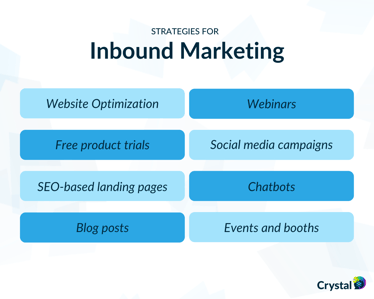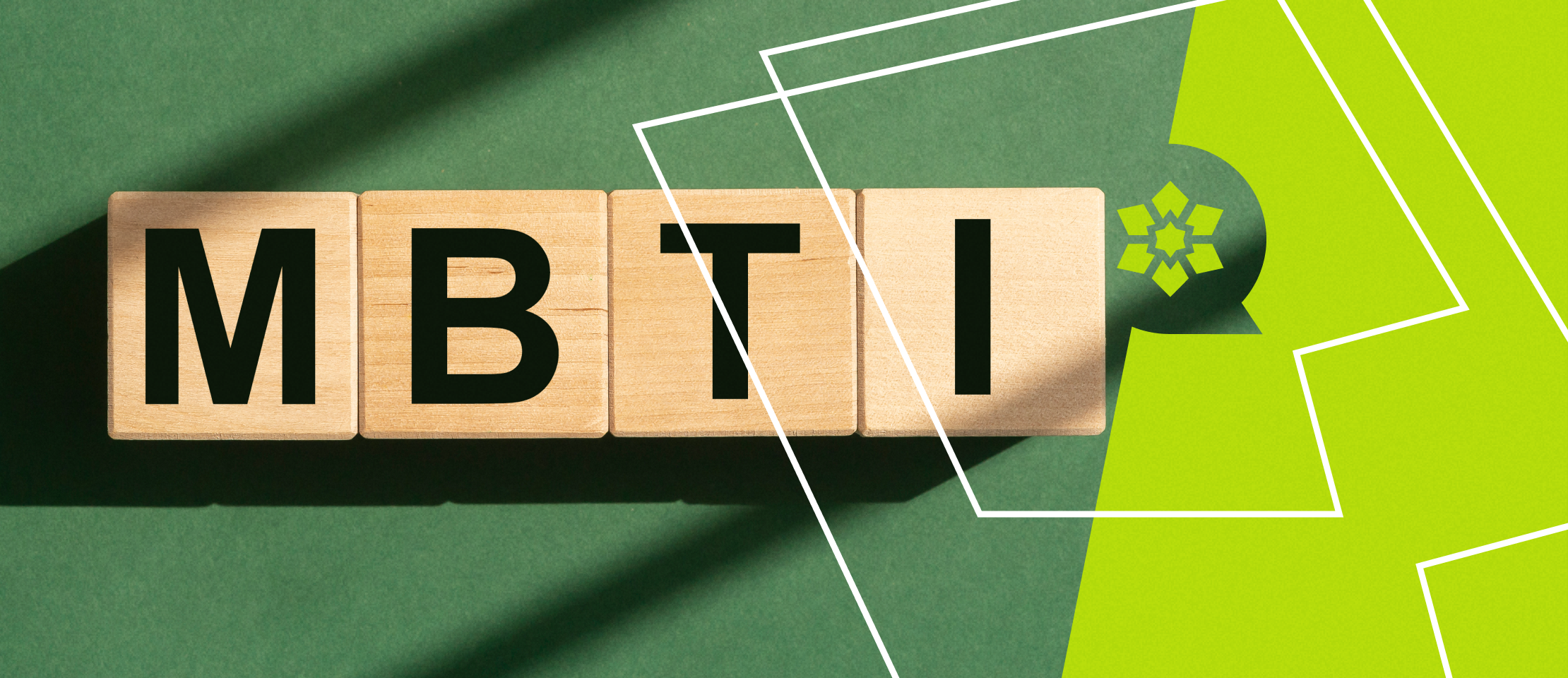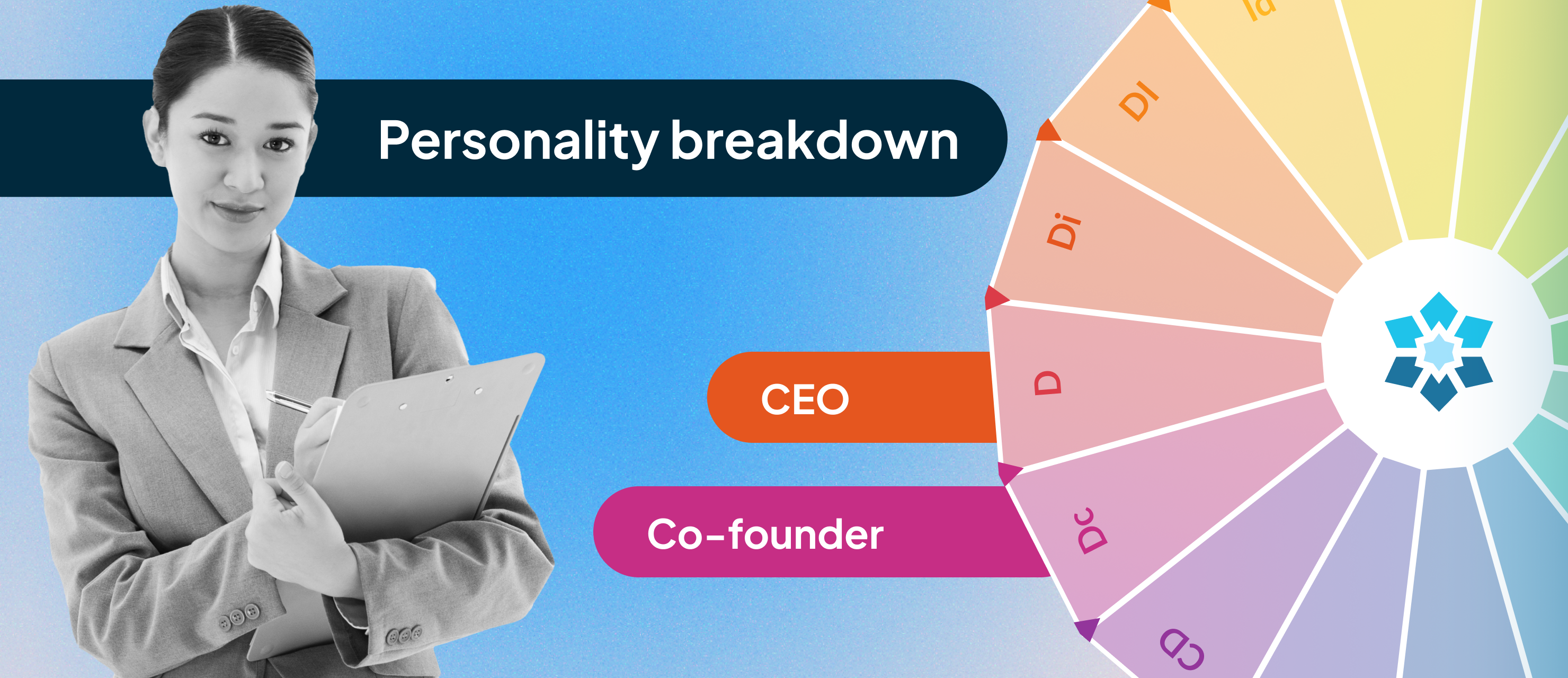
Wouldn’t it be nice if buyers came to you instead of you having to initiate contact with a cold call or email? This is a vital strategy called inbound selling, and it’s something every sales rep should be adept with. There are tons of obvious benefits, including more qualified buyers and a higher conversion rate, but there are also pitfalls to the process. Here’s everything you need to know to refine this method in your sales playbook.
What Is Inbound Selling?
Inbound selling is a strategy that focuses on attracting qualified buyers to your brand. This approach helps sales reps focus on building relationships rather than spending time and energy on cold outreach.
This is different from outbound selling — which is the more traditional sales approach — because it eliminates prospects who may not be interested in or benefit from your product. One benefit of outbound selling over inbound is that it brings awareness of your brand to people who otherwise likely wouldn’t have heard of it.
The Buyer's Journey
Many buyers feel more comfortable with inbound sales because it removes the feeling of solicitation through cold outreach, but the truth is they are solicited through different means. After an initial interest in your product or service, much of the sales funnel is the same as traditional sales.
1. Awareness
So how do prospects know to contact you in the first place? Consider the difference between the two methods of awareness at a trade show: You could personally approach as many people as possible, strike up conversations, and collect a bunch of business cards, or you can create an eye-catching booth with enticing discounts. The latter attracts interested people naturally. Both can be effective ways of marketing, but one is certainly more efficient for the person working the booth.
Think of inbound sales as the beautiful, enticing booth; you’re drawing people to you. The best way to do this online is through mediums like content marketing and compelling offers.

2. Consideration
Once buyers have an awareness of the product, they can continue to research your brand at their leisure. Ultimately, they are approaching both the content marketing and you as the sales rep with one key consideration: does this product solve for what I need?
At some point in this stage, the buyer will make contact with a salesperson. This could look different depending on the approaches used by the brand. Perhaps the contact information came to a rep from gated content, perhaps from enrollment for an event or webinar, or perhaps the buyers simply filled out a contact form on your website.
3. Decision
Whenever the buyer reaches out to the seller in the inbound sales process, both parties enter the conversation with more information. The seller has a lot more information to work with and leverage to close the deal. Buyers have done their due diligence in research, and know what questions to ask to ensure their own satisfaction. Consistent messaging in the awareness and consideration phases will result in built-in trust with the seller when it comes time for the customer to make a decision.
The Seller’s Journey
Sales reps love inbound selling because it does much of the legwork in qualifying and disqualifying leads. This approach, however, does not mean that the work is easy. There are different strategies an adaptive salesperson must be aware of in order to convert the inbound lead.
1. Identify
Depending on the number of leads generated by content marketing, sales reps may need to separate the more urgent leads from the passive ones. They will do this based on the information that the prospect reached out with, plus what they can research on their own.
The lead likely reached out with the most basic information: name, role, company, and maybe a few extra details like budget. You can also look at the behavior of the lead to learn more about the identity of the person. For example, the lead consistently downloaded information related to a specific service you offer.
This is not a ton of information to go on, but it’s more than you have in traditional cold outreach. It’s even enough to know things like the personality type and communication style of the prospect. Use the name and company of the lead to find the person on LinkedIn, and Crystal will provide additional information so that you have plenty of background before you ever make contact.
Try it for yourself by creating your free Crystal account.
2. Connect
Next up for the seller is the initial outreach (call or email), but these won’t be “cold” as in traditional sales. In this case, inbound leads are not only open to hearing from you, but expecting it.
During this stage, you should gain an understanding of the following topics: what is their budget, who are the relevant stakeholders, what problem(s) does your product/service solve for, and what is their timeline?
Crystal will help ensure that you communicate in the natural style of your buyer. Crystal’s writing assistance feature helps tailor messages in the natural style and tone of your buyer’s personality. Think of it as a “spell check” but for ensuring proper communication tone and style with the lead. It’s just one more way to grow trust and maintain your credibility in the sales process.
3. Explore
The exploration stage is where the seller figures out how to communicate the right sales pitch that resonates with the buyer. Tailor your messaging around the pain points that are most concerning to the lead.
Crystal’s adaptive selling platform will give you tips on how to communicate more effectively. The platform will advise on words and phrases to avoid, how to appeal to their key motivations, and more.
4. Advise
Everything about the inbound selling process helps build trust between the prospect and the sales rep. So what should you do with all that trust at the end of the process? Give your professional opinion! At this stage, you know whether or not your product is a good fit for the prospect, and you likely know how to break down any remaining barriers to closing the sale. All you have to do is communicate it in a way that lets the customer know they are in good hands.
Everyone knows it is easiest to pick the low-hanging fruit. The best way to turn your leads into low-hanging fruit is by building trust, which is what the inbound sales strategy is all about. The process gives you qualified leads, insights into their pain points, and data to assess next steps.
Crystal helps elevate every step of the seller’s journey by guiding communication in a way that resonates with the buyer.
Try it for yourself by creating your free account today.








